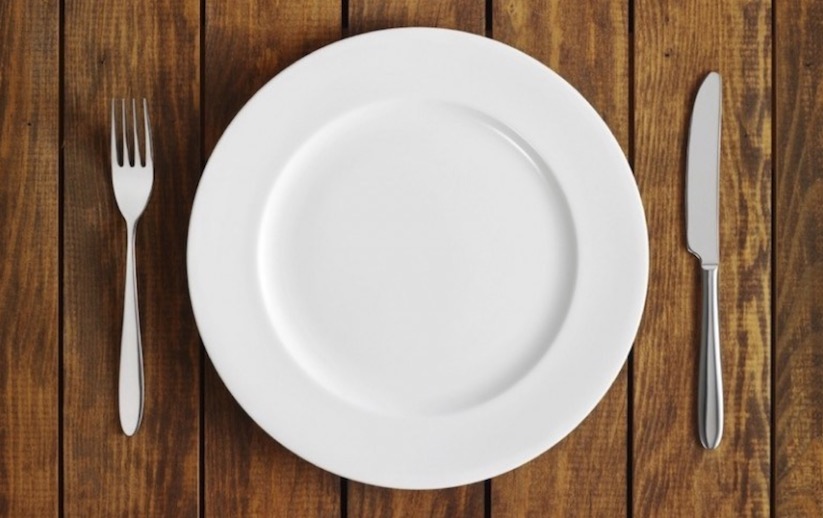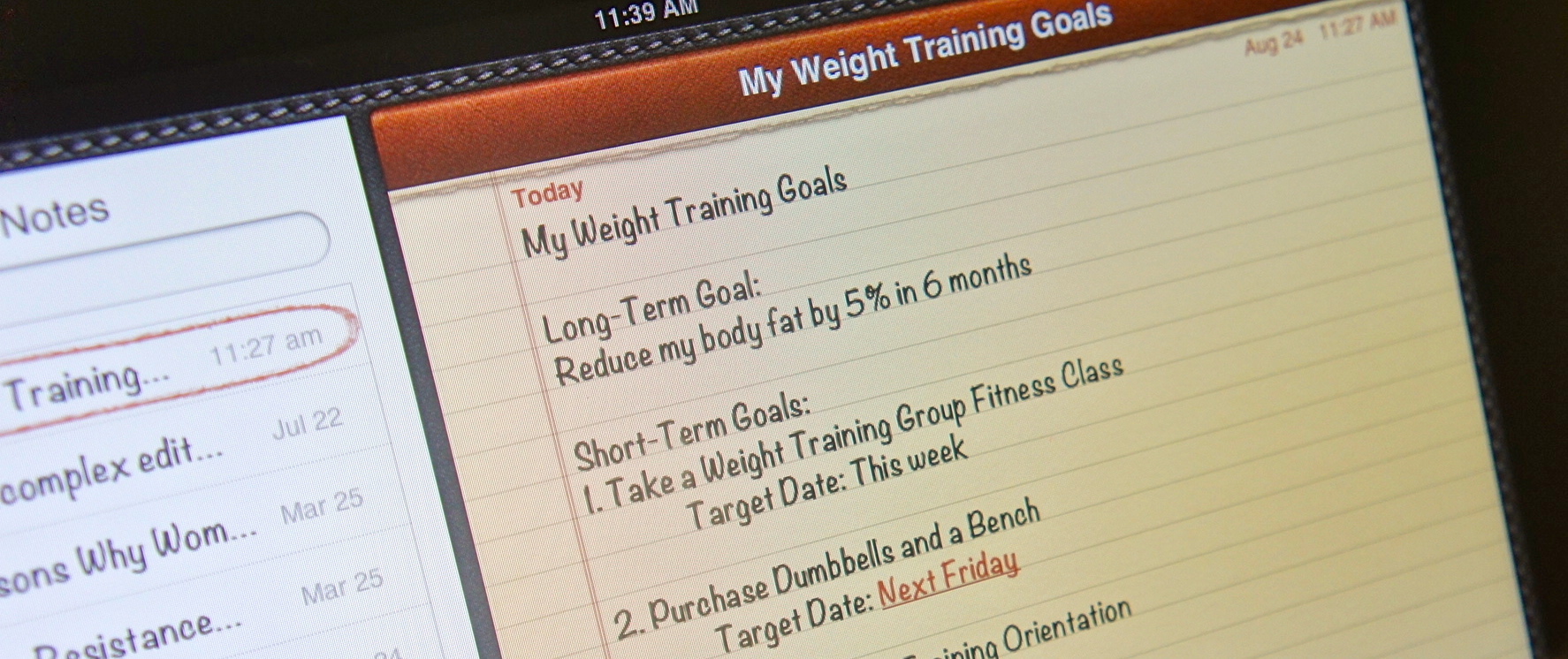Walking is by far among the most common types of cardiovascular (cardio) exercise, as it’s easy to perform, requires little or no equipment, and can conveniently be incorporated into your everyday routine. Through its beneficial effects on the heart, lungs and blood vessels, regular walking has been shown to substantially reduce the risk of obesity and numerous chronic diseases including heart disease, type 2 diabetes, and cancer.
Walking regularly is also a good way to increase the number of calories your body burns each day, which is absolutely critical for weight loss and long-term weight control. But, in spite of the appealing nature and many health benefits of walking, performing continuous bouts at the same speed day in and day out will eventually lead to a plateau effect, which can significantly hinder your progress over time.
This holds especially true if you limit yourself to walking on flat terrain.
Related Article: Target Heart Rate: Are You Working Out Hard Enough?
That said, if weight loss is your goal and walking remains your preferred form of cardio exercise, there are countless solutions for avoiding that dreaded weight loss plateau. Here are three of them.
1. Pick Up the Pace
If your fitness goals are centered on losing weight, 30 minutes or even an hour of leisure walking (2.0-2.5 mph) just won’t cut it, unless you have a health condition that generally limits your mobility. Think about it. If you regularly walk to work or school at a 2.5 mph pace, walking at this same pace during an exercise session won’t be of much benefit to you because your body is already used to it.
I see this all the time in gym settings.
In fact, some people actually put in a brisk walk to get to a treadmill only to walk slower when they get on it. If you don’t have any physical limitations, your walking speed for exercise should start at 3.0 mph and that’s at the very least.
Related Article: 5 Cheap and Convenient Ways to Burn Fat Fast
2. Ramp It Up
To improve your health and/or boost your weight loss efforts, it is important to ensure that the amount of work you perform during walking exceeds the normal demands that you place on your body. Since most of us spend the vast majority of our walking time on flat terrain, uphill (incline) walking is one of the best ways to up the ante. Uphill walking incorporates more muscle groups, which naturally equates to more work and better results.
If you walk outdoors, make an effort to take a route that has a few hills. When walking on a treadmill, simply add a minimum incline of 1-2% and make an effort to walk without holding on to the handrails. Instead of holding on, swing your arms to help propel yourself forward.
3. Incorporate Intervals
Whether you opt for a flat brisk walk or incorporate inclines, you should make an effort to add a lot of variety to your workouts. This is especially important since your muscles’ memory cells tend to become unresponsive when they’re not shocked occasionally with a change in routine. This is typically why weight loss plateaus occur in the first place. Interval training is one of the absolute ways to keep your workouts fresh.
During this type of training, you can focus on performing short (30 seconds to two minutes) jogs or sprints, with periods of active recovery at walking speeds in between. On a scale of 1-10, your level of difficulty during the jogging/sprinting period should be at an eight or nine.
Related Article: Why You Need to Regularly Change Your Exercise Routine
Even the most perfect walking program will get stale after a while. It happens. Incorporating these three strategies will ensure that you’re getting more bang for your buck during walking.







